United States coin collecting is an exciting field in numismatics. US coins have undergone numerous changes through out the face of American history. Some American coins are included in the roster of the world’s famous rare coin collections.
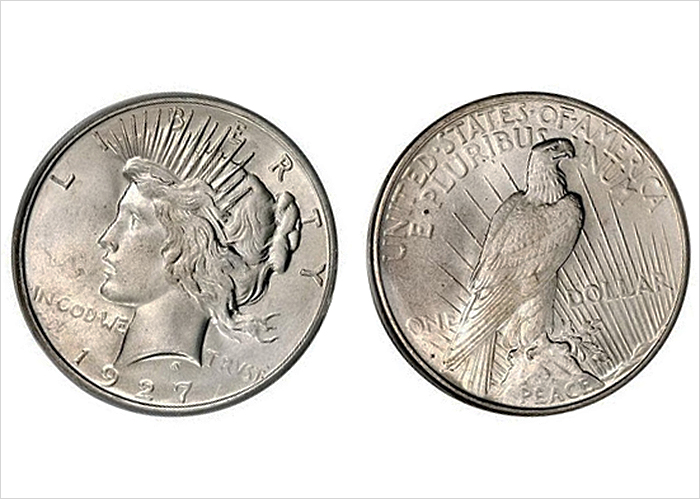
US coins are given nicknames based on their designs like the Draped Bust, Standing Liberty, and so on. Sometimes, the US coins have monikers after their famous coin designers like the Saint-Gaudens coin.
What United States coins can I collect?
Coin collectors can choose from a plethora of US coins. Generally, these coins are grouped as the following: the numismatic coins (old or valuable coins collected for their high coin grade or proofs), the commemorative coins (special edition coins to mark a special event or public figure), or the bullion coins (coins made of precious metals)
How did the first US coin program start?
Before the Coinage Act of 1792, foreign coins were used for trade and commerce in the United States. The new republic, under the 1972 Coin Act, established the United States Mint. Thus, the production of the new US dollar coins standardized the nation’s monetary unit.
Where are US coins made?
The US Mint has several branches scattered across the country. Each mint has its own mintmark (symbol that indicates where the coins were made). The main mint is the Philadelphia Mint (with a P mintmark). Other mint branches are located in Denver (D), San Francisco (S), and West Point (W).
At present, the non-operating mints are in Carson City (CC), Charlotte (C), New Orleans (O), and Dahlonega (D). The mintmarks are often found near the mint year.
What are the denominations or face values of the US coins?
Today, since the US Mint was conceived, millions and millions of US coins have rolled out of the mint to circulate in the United States currency system. Modern circulated US coins are in the following denominations: $0.01, $0.05, $0.10, $0.25, $0.50, and $1.00
What are the common features of a United States coin?
Majority of US coins have face values scrawled in English words rather than in numerals as with coins from other currencies. The inscriptions of the US coin values do not follow a pattern.
Thus, “one cent” has a face value for 1 cent (commonly called a penny), “five cents” for 5 cents (known as nickels), “one dime” for 10 cents, “quarter dollar” for 25 cents, and “half dollar for 50 cents.
The sizes of modern US coins do not increase with their face values. One cent and five cents are bigger in size compared to ten cents. 50 cents is also larger than the new one dollar presidential coins. The sizes are kept to uphold the historical background of the coins.
Old US coins were made from silver and their face value equaled to their silver content. However, the silver melt valueincreased over the years and the US Mint stopped making silver coins. The surviving silver coins after the minting prohibition are now called junk silver coins.
What can I find on the reverse and obverse sides of the American coins?
The reverse (heads) design of the United States coins vary greatly in different denominations and coin series.
However, the typical obverse (tails) bears the coin’s face value, mint year, and mintmark. The words “Liberty”, “In God We Trust”, and “E Pluribus Unum” are also inscribed on most US coin obverse.
What are the popular types of numismatic US coins to collect?
Here is a select list of the coins that have earned their niche in the United States numismatic coin collecting:
1) US dollars coins

The US one dollar coins are probably the most collected US coins. In general, the dollar coins made with white metal (as opposed to gold and bronze) are called silver dollar coins even if some do not contain silver at all.
US dollar coins that numismatists love the to collect are the Flowing Hair (1794-1795), Seated Liberty (1840-1873), Trade dollars (1873-1885), Morgan (1878-1921), Peace (1921-1935), Eisenhower ( 1971-1978), Susan B Anthony (1978-1987, and re-issued in 1999), Sacagawea (2000-present), and the Presidential dollar coins (2006-present).
2) US quarters coins
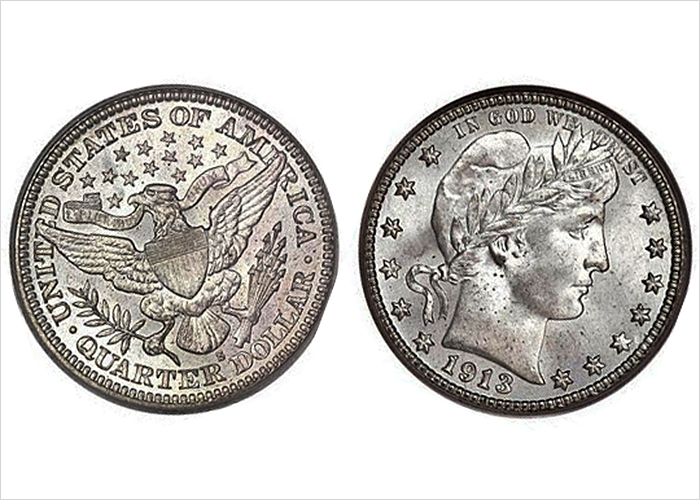
Pre-1965 US quarters were an alloy 90% silver and 10% copper. From 1965 onwards, the new issues of the US quarters were made of copper nickel.
US quarter coins are the Bust (1796-1838), Seated Liberty (1838-1891), Barber (1892-1916), Standing Liberty (1916-1930), Washington (1932-1998), State Quarters (1999-present).
Coil collectors also loved the 50 state quarter proof sets and the 1932 silver Washington head quarter.
3) US Half dollars coins

The half or the fifty-cent piece is the most common denomination for US commemorative coins.
The halves are the Flowing Hair (1794-1795), Draped Bust (1796–1807), Capped Bust (1807–1839), Seated Liberty (1839-91), Barber (1892-1915), Liberty Walking (1916-1947), Franklin (1948-1963), Kennedy (1964-Now).
Silver proof Kennedy (1992- present) half dollars are also available for collectors and silver coin investors.
4) US One cent coins

The first one cent issues were made of copper. But minting copper cents was halted in the height of World War II to accommodate the demand for copper-made ammunitions. Later on, one cent coins were made of clad metals (two different base metals fastened together).
US one cent coins are further categorized as the large cent and the small cent. The bigger one cent coin was produced in 1793 until a smaller coin took its place in 1857. The modern small-sized one cent coin is called a penny.
The large cents are the Flowing Hair Chain (1793), Flowing Hair Wreath (1793), Liberty Cap (1793–1796), Draped Bust (1796–1807), Classic Head (1808–1814), Coronet (1816–1839), and Braided Hair (1839–1857).
Meanwhile, the small cents are the Flying Eagle (1856–1858), Indian Head (1859–1909), Lincoln Wheat (1909–1958), Lincoln Memorial (1959–2008), and Lincoln Bicentennial (2009).
5) US nickels coins
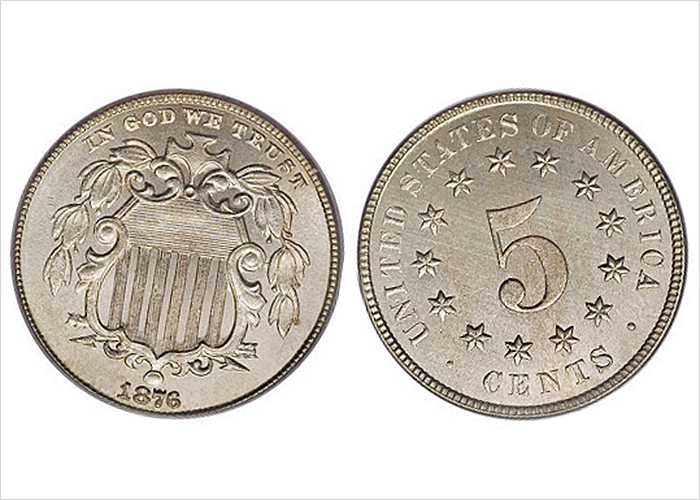
The nickels or the five cent coins are the Shield (1866-1883), Liberty (1883-1913), Buffalo (1913-1938), and the Jefferson (1938-present).
What are the US bullion coins?
The bullion coins of the United States are the Buffalo gold coin (24-k gold), the American Gold Eagle (22-k gold), American Silver Eagle (.9999 fine silver), and the American Platinum Eagle (.9995 fine platinum) coins.
What are the US commemorative coins?
Every year, the US Mint makes a new commemorative coin series. The commems are usually made of precious metals but are lesser in gold or silver content than the bullion coins.
Some of the faces of iconic men and women who have graced the obverse of the US commemorative coins were Abraham Lincoln, Louis Braille, Thomas Alva Edison, Benjamin Franklin, to name a few.
US commemorative coins also marked the important anniversaries in the annals of US history such as the Firs Flight Centennial, US Congress Bicentennial, and etc.
What about other interesting US coin collections?
Coin collectors in the US and abroad are starting to collect challenge coins from the US armed forces and other institutions.
Among the widely collected types of US coins are the error coins. Minting errors dating back to the colonial period until the present have high numismatic values.
United States is also the leader in the new breed of coin collecting – metal detecting coins. United States coin collecting has never been this interesting in the past years.





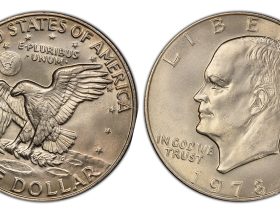
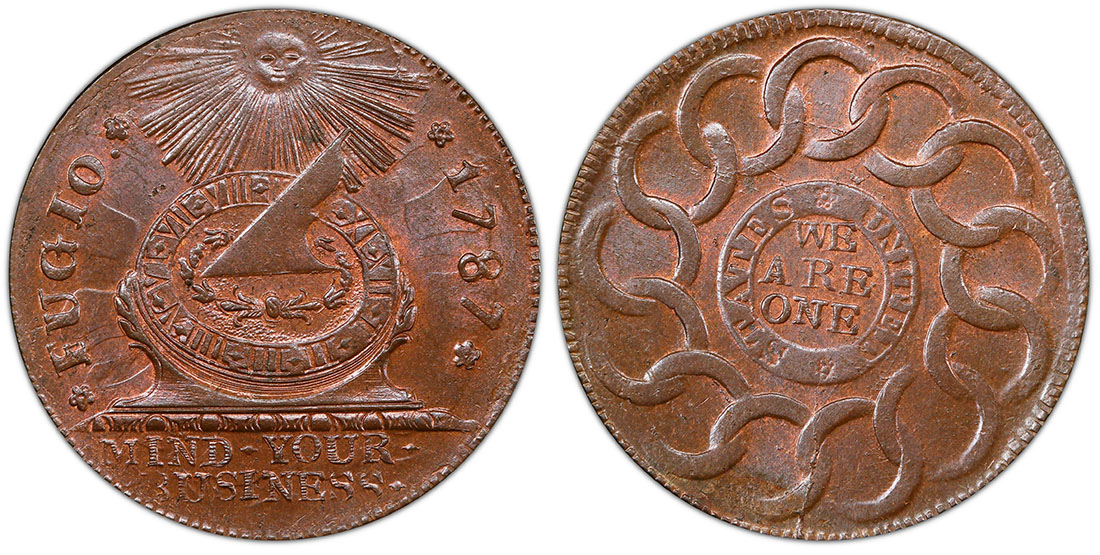
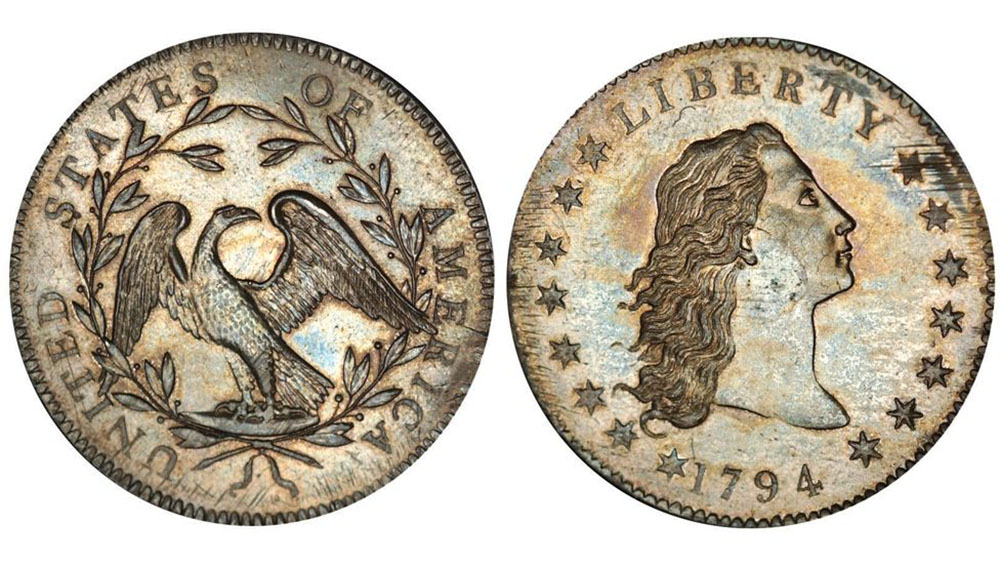
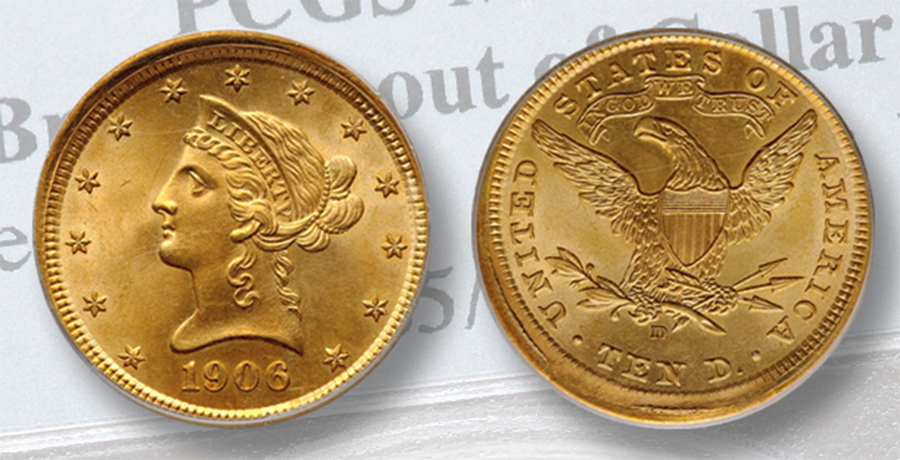

Leave a Reply